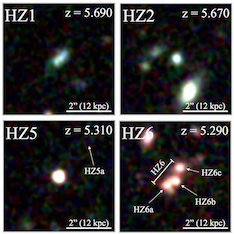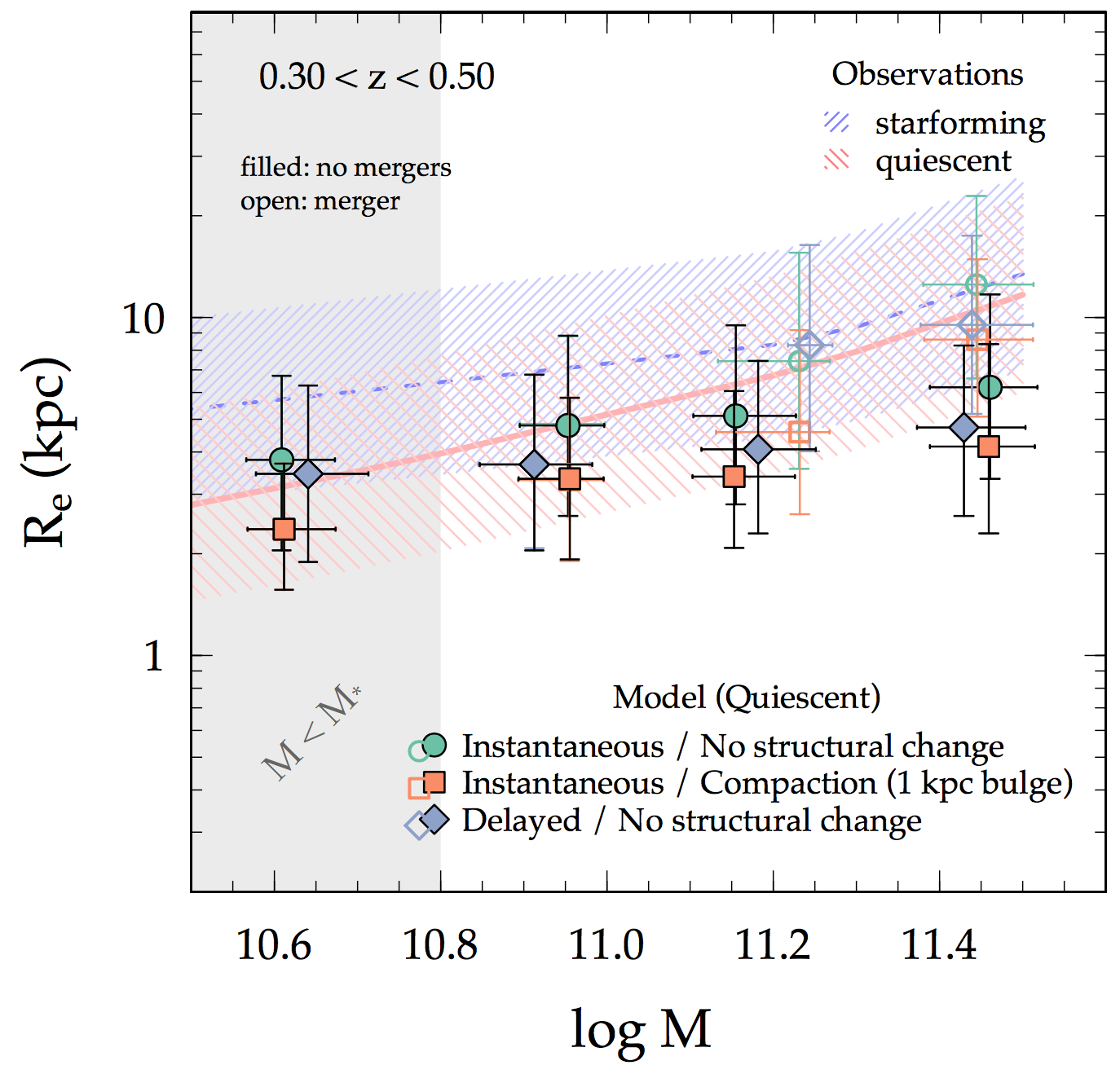
PI: O. LeFevre, A. Faisst (North-America lead) +5
Ionized Carbon (C+) at 158μm is an important tracer of the Inter-stellar medium (ISM) in galaxies, hence their formation processes. So far, only a handful of galaxies in the early Universe have such measurements.
ALPINE will measure C+ as well as 158μm continuum for 122 galaxies more than 12 billion years in the past. With ALPINE we can study for the first time at these epochs
- the mechanisms which fuel the initial growth of typical galaxies in the early Universe
- the ISM, dust content, and gas fractions in infant galaxies.

The dust properties of galaxies in the first billion year after the Big Bang little studied due to small samples and measurement uncertainties.
In this new study, we use the Hubble Space Telescope (HST) to characterize the dust properties of 10 galaxies living 12 billion years in the past. The new HST imaging data together with existing optical and ALMA (far-infrared) observations on COSMOS allowed us to measure the ultra-violet properties of these galaxies more accurately than ever. It turns out that most of these young galaxies have similar dust properties as the Small Magellanic Cloud, which is a metal-poor dwarf galaxy orbiting around our Milky Way.

What stops the formation of stars in the most massive galaxies in our Universe? Are these processes smooth or fast and violent?
We use an empirical model to describe the evolution of star-formation, stellar mass, and size of star forming massive galaxies and apply different processes that stop the formation of stars. By comparing this model to the observed stellar mass vs. size relation of quiescent galaxies we find that a central starburst (maybe triggered by a merger event) with a fast consumption of gas (the fuel for star formation) fits best for very massive galaxies. Furthermore, subsequent individual growth of the galaxies via mergers is necessary to meet the observations.